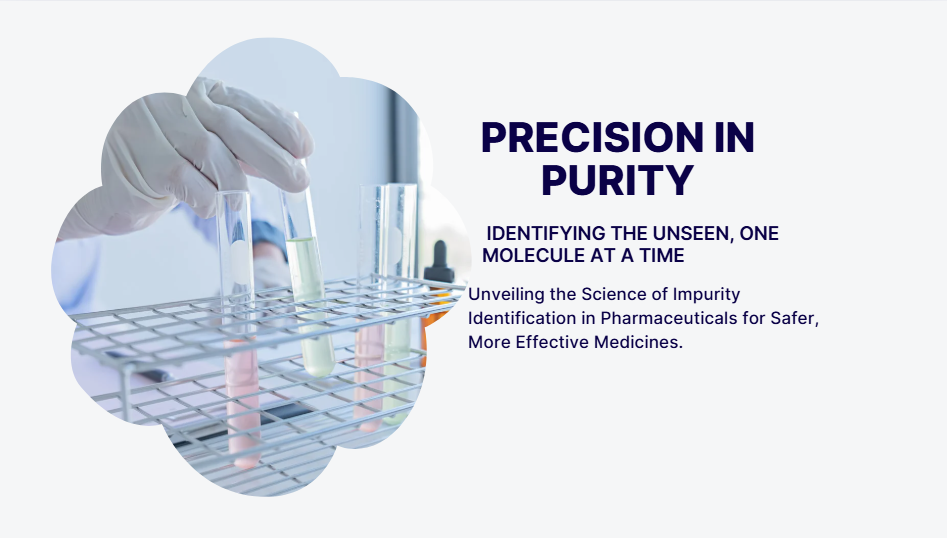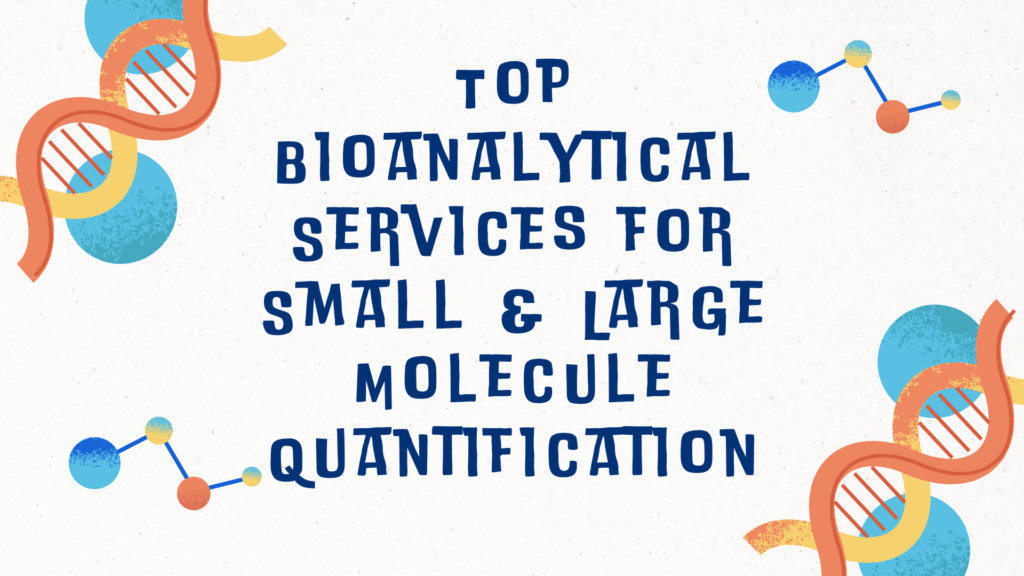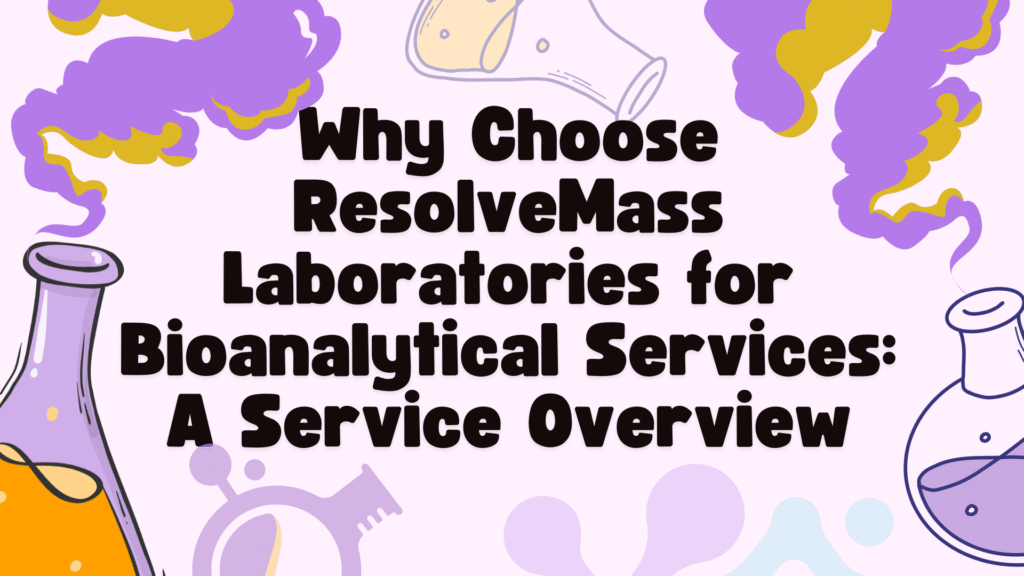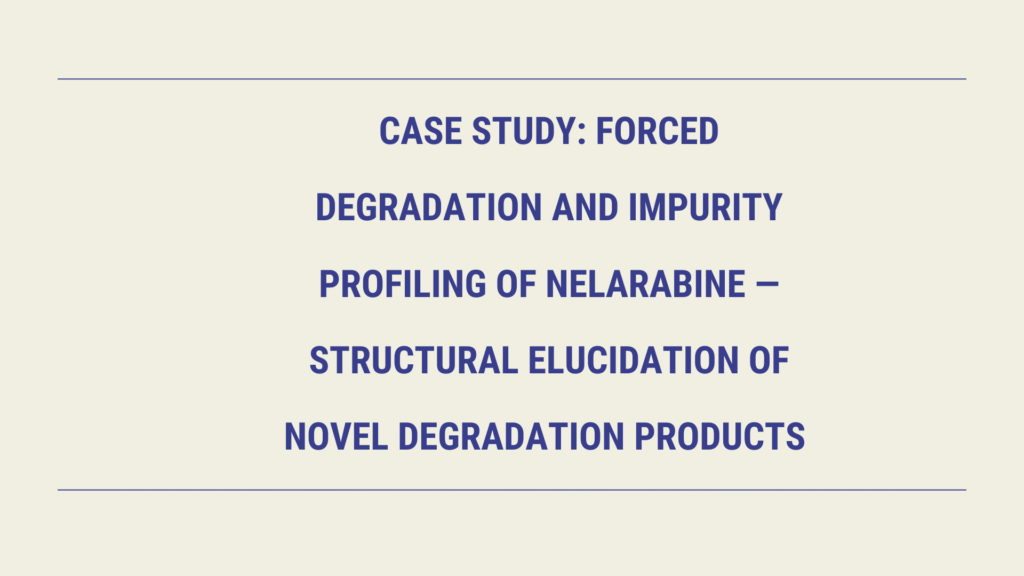
Pharmaceutical impurities pose a significant challenge in drug development and manufacturing. The presence of unwanted chemicals in pharmaceuticals can impact drug efficacy, stability, and patient safety which can be cured by Identification and profiling of impurities in Pharmaceuticals . Regulatory agencies such as the U.S. Food and Drug Administration (FDA), the European Medicines Agency (EMA), and the International Council for Harmonisation (ICH) have established stringent guidelines to control impurities in drug substances and drug products.
Impurity profiling involves the identification, characterization, and quantification of impurities to ensure compliance with regulatory standards. This article delves into the science behind impurity identification, the methodologies used, and the importance of maintaining pharmaceutical quality.
Types of Impurities in Pharmaceuticals Identification and profiling of impurities in Pharmaceuticals
1. Organic Impurities
Organic impurities can arise during synthesis, storage, or degradation of active pharmaceutical ingredients (APIs). These include:
- Starting materials
- By-products
- Degradation products
- Intermediates
2. Inorganic Impurities
Inorganic impurities originate from reagents, catalysts, or manufacturing processes. Common inorganic impurities include:
- Heavy metals (e.g., lead, cadmium)
- Residual catalysts
- Reagents
3. Residual Solvents
Residual solvents are volatile organic compounds that remain in the final pharmaceutical product after synthesis. Regulatory agencies classify solvents based on their toxicity levels:
- Class 1: Highly toxic (e.g., benzene)
- Class 2: Limited toxicity (e.g., methanol)
- Class 3: Low toxicity (e.g., ethanol)
Regulatory Framework for Identification and profiling of impurities in Pharmaceuticals
Regulatory authorities have set stringent guidelines for impurity profiling to ensure drug safety and efficacy. The key guidelines include:
1. ICH Guidelines
ICH Q3A (R2) and Q3B (R2) outline the identification, qualification, and control of impurities in new drug substances and products. These guidelines set permissible limits for impurities and define reporting thresholds.
2. FDA Guidelines
The FDA provides recommendations on impurity testing, toxicological evaluations, and control strategies to ensure pharmaceutical quality.
3. EMA Guidelines
The EMA aligns its impurity profiling regulations with ICH standards while also considering European-specific regulatory requirements.
Analytical Techniques for Impurity Identification
Several advanced analytical methods are employed for impurity identification and profiling in pharmaceuticals.
1. High-Performance Liquid Chromatography (HPLC)
HPLC is widely used for separating, detecting, and quantifying pharmaceutical impurities. It provides high sensitivity and accuracy in impurity analysis.
2. Gas Chromatography-Mass Spectrometry (GC-MS)
GC-MS is effective for identifying volatile and semi-volatile impurities, including residual solvents and degradation products.
3. Liquid Chromatography-Mass Spectrometry (LC-MS)
LC-MS offers high-resolution detection of complex organic impurities, aiding in structure elucidation and quantification.
4. Nuclear Magnetic Resonance (NMR) Spectroscopy
NMR spectroscopy provides detailed structural information about organic impurities, making it a crucial tool in pharmaceutical research.
5. Inductively Coupled Plasma-Mass Spectrometry (ICP-MS)
ICP-MS is used for detecting and quantifying trace levels of inorganic impurities, such as heavy metals and residual catalysts.
Challenges in Impurity Profiling
Despite advancements in analytical techniques, Identification and profiling of impurities in Pharmaceuticals
- Complexity of Drug Formulations: The presence of multiple excipients and active ingredients complicates impurity detection.
- Trace-Level Impurities: Advanced techniques are required to identify impurities at extremely low concentrations.
- Regulatory Compliance: Continuous updates in regulatory guidelines necessitate constant adaptation in impurity profiling strategies.
- Degradation Pathways: Understanding the stability and degradation products of pharmaceuticals is crucial for impurity characterization.
Future Trends in Identification and profiling of impurities in Pharmaceuticals
With the evolution of pharmaceutical research, several emerging trends are shaping the future of Identification and profiling of impurities in Pharmaceuticals
1. Artificial Intelligence (AI) in Identification and profiling of impurities in Pharmaceuticals
AI-powered analytical tools enhance impurity identification by predicting degradation pathways and optimizing detection methods.
2. Green Analytical Chemistry in Identification and profiling of impurities in Pharmaceuticals
Sustainable analytical techniques are gaining traction to minimize environmental impact while maintaining pharmaceutical quality.
3. Automation and High-Throughput Screening
Automated impurity profiling systems improve efficiency and accuracy, enabling rapid identification and quantification of impurities.
4. Advanced Spectroscopic Techniques
Next-generation spectroscopic methods, including high-resolution mass spectrometry and Raman spectroscopy, are revolutionizing impurity detection.
Conclusion
Impurity identification and profiling are critical components of pharmaceutical quality control. With stringent regulatory guidelines and advancements in analytical methodologies, the pharmaceutical industry continues to enhance drug safety and efficacy. By leveraging cutting-edge techniques such as HPLC, LC-MS, and AI-driven detection methods, manufacturers can ensure compliance with global regulatory standards and safeguard public health.
REFERENCES
- Patil MM, Paul MB, Chadha MM, Raul SK. MODERN PHARMACEUTICAL ANALYTICAL TECHNIQUES. JEC PUBLICATION;.
- Szekely G, Amores de Sousa MC, Gil M, Castelo Ferreira F, Heggie W. Genotoxic impurities in pharmaceutical manufacturing: sources, regulations, and mitigation. Chemical reviews. 2015 Aug 26;115(16):8182-229.
- Shuyuti NA, Salami E, Dahari M, Arof H, Ramiah H. Application of Artificial Intelligence in Particle and Impurity Detection and Removal: A Survey. IEEE Access. 2024 Jan 9;12:31498-514.
- Teasdale A, editor. Mutagenic impurities: Strategies for identification and control. John Wiley & Sons; 2022 Feb 1.
LET’S CONNECT
For expert pharmaceutical impurity profiling and regulatory compliance support, contact ResolveMass Laboratories Inc. today. Our team of specialists ensures precise and compliant impurity analysis tailored to your needs.
The Role of Extractables and Leachables (E&L) in Carcinogenicity Risk
Introduction Extractables and Leachables Carcinogenicity Testing plays a vital role in protecting patients who rely…
Case Study: Forced Degradation Study of Gimeracil — Discovery and Structure Elucidation of Novel Impurities
Introduction Forced degradation studies are a cornerstone of modern pharmaceutical development, enabling scientists to intentionally…
Affordable Bioanalytical Services for Start-Up Biotech: What to Expect
INTRODUCTION Affordable bioanalytical services for start-up biotech companies provide the essential analytical support needed to…
Top Bioanalytical Services for Small & Large Molecule Quantification
Introduction Bioanalytical services for small & large molecule quantification are essential for ensuring precision, sensitivity,…
Why Choose ResolveMass Laboratories for Bioanalytical Services: A Service Overview
INTRODUCTION The short answer is: clients choose ResolveMass because this ResolveMass Bioanalytical Services Overview demonstrates…
Case Study: Forced Degradation and Impurity Profiling of Nelarabine — Structural Elucidation of Novel Degradation Products
Introduction: The Critical Role of Forced Degradation in Defining Nelarabine Stability Forced degradation testing continues…







